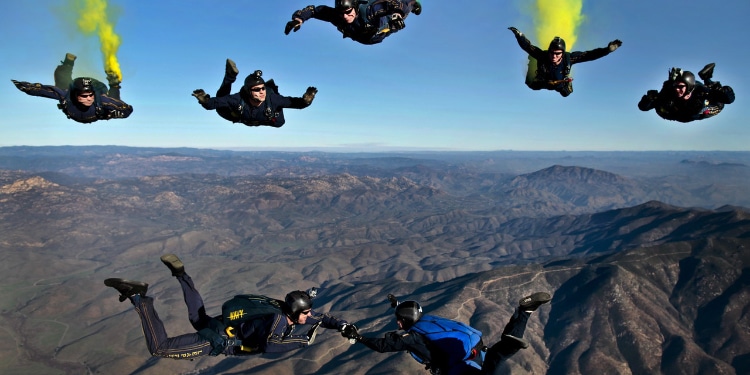











Everyone has needs of some sort. If you are around a newborn or a young child even for a few minutes, you understand the importance of meeting needs. When a baby cries, they usually need something whether it is food, comfort, or even a diaper change. As people age, some of their needs evolve while some needs remain the same like requiring food and sleep. The difference is that adults unlike babies have the ability to seek ways to get their needs met. Everyone is motivated by slightly different things. However, Maslow’s hierarchy of needs describes how motivation is broken down. Maslow’s description of motivational theory explains needs in the form of pyramid starting with physiological needs on the bottom, then safety, then love and belonging, then esteem, and finally self-actualization at the top. The pyramid is not to be seen as a rigid step model but rather an illustration of the importance of each need.

Physiological needs are basic needs that people must meet in order to survive. These can include breathing, food, water, and shelter. Without those needs being met at some level, human beings will not be able to function well and if they are left completely unmet, human beings will not survive.
Safety needs can include feelings of security and stability in multiple areas of life. It might involve being physically safe, secure in relationships, and stable financially. When the safety needs are left unmet, it can result in physical and emotional harm. For example, violence from war can threaten physical safety but it can also lead to emotional repercussions like PTSD.
Love and belonging involves the desire human beings have to connect. People are relational in nature. They want a sense of intimacy and closeness through family, friendships, and/or a romantic partner. When someone experiences deep loneliness and isolation, the lack of connection with others can result into serious concerns like anxiety and depression.
Esteem needs come from people feeling like they have respect and value. While some of that can come from extrinsic factors like being successful or even good at something, value also comes from intrinsic factors. People want to feel confident and competent, contributing to their own self-esteem themselves.
These needs are considered deficiency needs. Maslow discussed how when these needs are not met, a person’s motivation will be high in order to achieve those needs. Thinking about water, as the innate desire and physical need to stay hydrated increases, the motivation to find water at all cost also increases. Once the need is met, motivation decreases. Then, people often move toward the next need.
Self-actualization is concept that describes a person’s growth. An individual who reaches self-actualization would see their potential realized and experience fulfillment. Maslow described how he believed very few people will actually reach this point.
This need is described as a being need. As a person moves towards self-actualization, their motivation increases. People desire to move towards growth especially as they experience the feeling of tapping into their potential and a sense of fulfillment.
Maslow saw the hierarchy of needs as a way
to illustrate how people are motivated. He viewed the pyramid as concept to
help understand how people move in and out getting their needs met.
Understanding Maslow’s hierarchy of needs can shed light on motivations and
intent behind certain behaviors and displays of emotion.